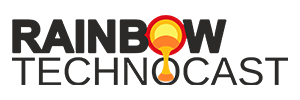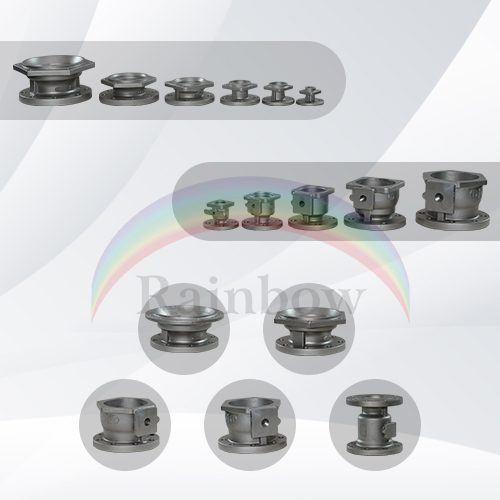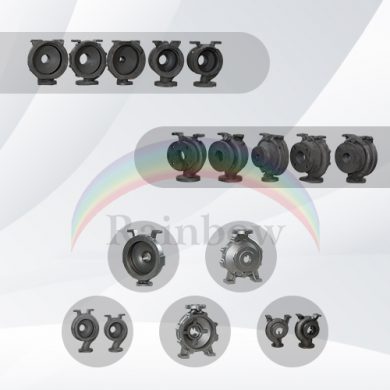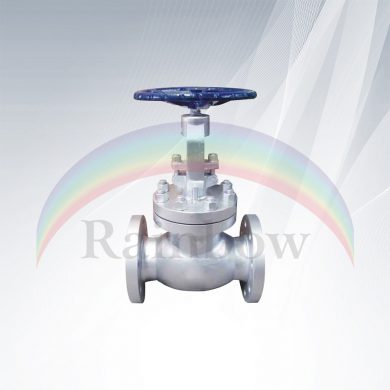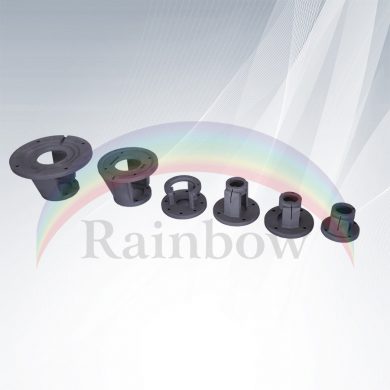Pattern allowances:
There are a few allowances which are responsible for the variation in the components of the casting and the casting pattern. These allowances are viewed as when an example is intended for casting. In this article, we will talk about the below allowances.
Various Pattern Allowances in the casting process
1. Shrinkage allowance:
After solidification of the metal from additional cooling aspects of the pattern increments. So pattern design size is greater than that of the completed cast items. This is known as shrinkage allowance.
Draft or taper allowance:
The pattern is the shape, which is put on the pattern surfaces that are corresponding to the bearing where the casting pattern is removed to permit expulsion of the pattern without harming the shape tension.
The shape depends on:
a) The method of molding
b) Utilization of the sand mixture
c) The design
d) Economic restrictions imposed on the casting
e) Pattern
3. Distortion allowance:
This allowance is thought about when casting results of unpredictable shapes. When these are cooled they are mutilated because of metal shrinkage.
4. Machining allowance:
Machining allowance demonstrates how much bigger the unpleasant casting ought to be over the completed process of casting to permit adequate material to guarantee that machining will “tidy up” the surfaces.
This machining allowance is combined to all surfaces that are to be machined. Machining allowance is bigger for hand forming when contrasted with machine shaping.
It relies upon:
Machining activity
metal Characteristics
castings Methods
castings size, shapes, and volumes
Degree of finish needed in castings
Casting design
5. Shaking allowance:
To take the pattern from the tension it is marginally shaked to disconnect it from the mould cavity.

